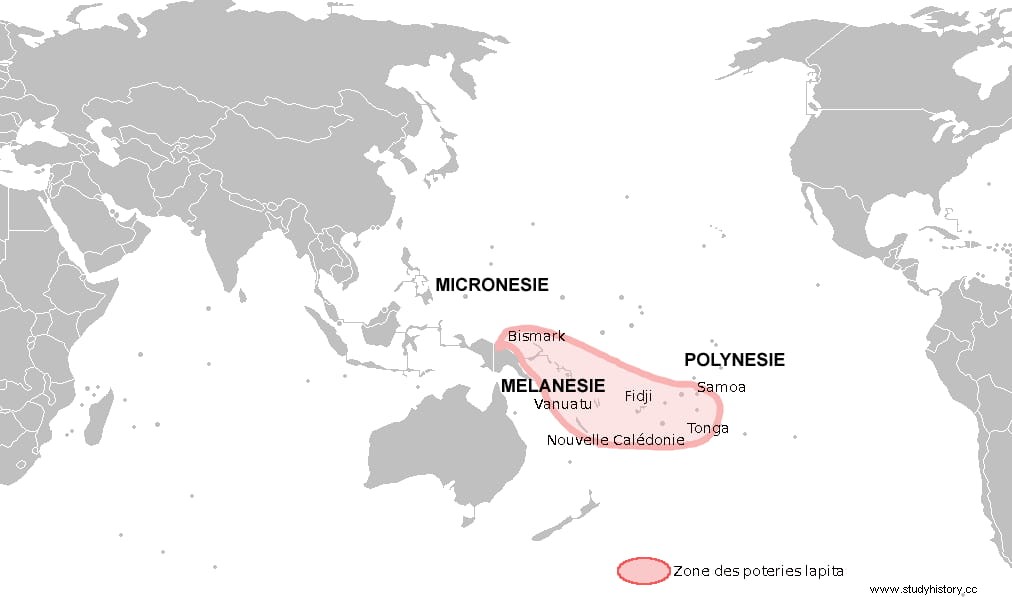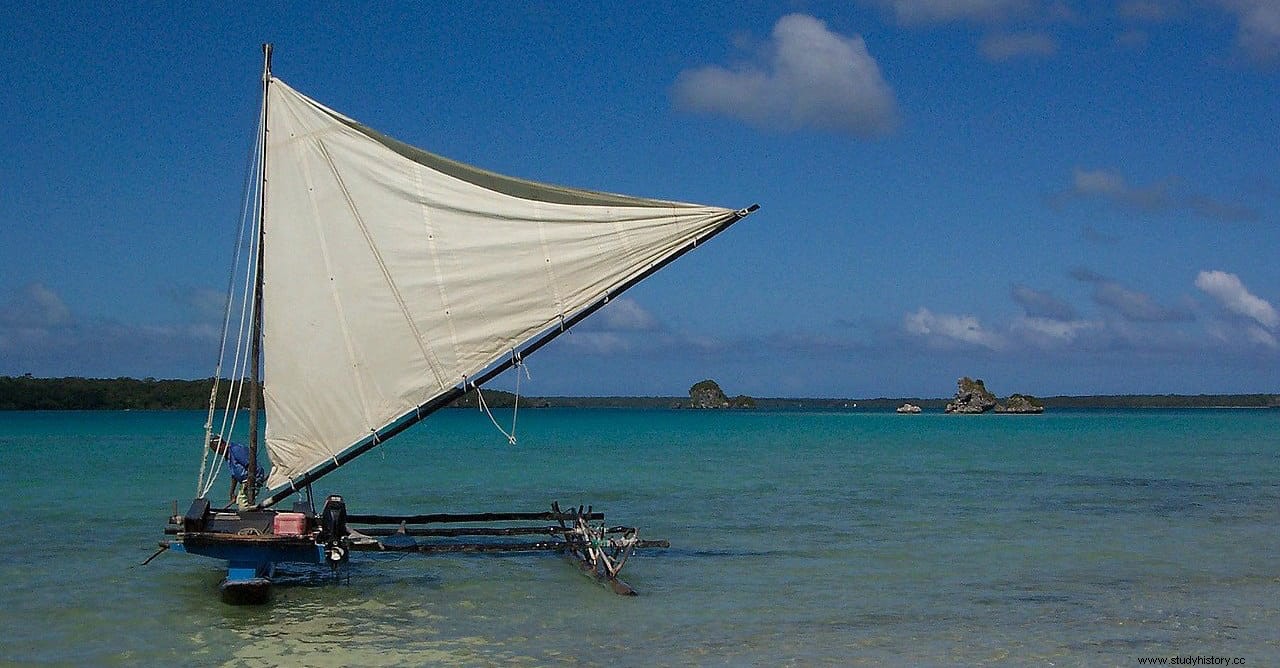The discovery of pottery from the ancient Lapita culture by researchers at the Australian National University (ANU) has shed new light on how Papua New Guinea (PNG) served as a launch pad for the Pacific population, one of the largest migrations of the history of mankind. The new study makes it clear that the initial spread of the Lapita people throughout PNG was much greater than previously thought.
The study, published in the journal Nature Ecology and Evolution , is based on the discovery of a distinctive Lapita pottery shard, a broken piece with sharp edges, on Brooker Island (200 kilometers east of mainland Papua New Guinea) in 2017 that, according to lead researcher, the Doctor Ben Shaw, it was like finding a needle in a haystack .
Lapita cultural groups were the first to arrive on remote Pacific islands such as Vanuatu around 3,000 years ago, but in Papua New Guinea, where people have lived for at least 50,000 years, the timing and extent of Lapith dispersals are poorly known said Dr. Shaw. It was long thought that Lapith groups avoided most of Papua New Guinea because people already lived there .

We chose to work on Brooker Island because it was the first island that people arrived on as they traversed the archipelago - a natural bottleneck - and because it had large bays sheltered from strong winds and waves, well suited to mooring a canoe and for settlement. We almost gave up, as there was no sign of human presence in the upper layers of the soil, which was hard as concrete, and we all had hands blistered and sore from digging. But luckily, we soon found pottery shards deeper down that gave us a reason to keep going .
The initial three-day survey at the end of a two-month field season in 2017 led to a three-week return-to-site mission in 2018 and another four-week expedition in 2019 that documented how the initial expansion of the village lapita throughout PNG was much larger than previously thought.
The Lapitas introduced distinctively marked pottery to Papua New Guinea, and also introduced new tool technologies and animals such as pigs. Thanks to archaeological, linguistic, and genetic research, it is now known that the first Pacific peoples migrated from an Asian ancestral land.

The subsequent dispersals of the Lapita across Papua New Guinea and interaction with indigenous populations profoundly influenced the region as a world center of cultural and linguistic diversity. We found a lot of Lapita pottery, a number of stone tools, and evidence that obsidian (volcanic glass) was shaped into sharp blades explained Dr. Shaw.
As we dig deeper, we come to an even earlier cultural layer, predating the introduction of pottery. What surprised us was the number of mammalian bones we recovered, some of which could be positively identified as pig and dog. These animals were introduced to New Guinea by the Lapiths and were associated with the use of tortoise shells to make tools .
Dr. Shaw stated that the Lapiths colonized the Pacific Islands 3,000 years ago. He said this work explains why they colonized the islands at that time and the role that the indigenous populations of New Guinea had in the Lapita's decision to seek new islands to live on. This is one of the largest migrations in human history and finally we have evidence to help explain why the migration happened and why it happened when it did he said.
The research involved many ANU researchers and international collaborators who showed how migratory routes and island hopping strategies culminated in rapid and purposeful settlement throughout the Pacific. We had no inkling that it was going to be a major site, and most of the time we were going blind in the areas we were surveying and searching for archaeological sites, so it's a lot like finding the proverbial needle in a haystack said Dr. Shaw.
Much of our luck was due to cultural insights and establishing a strong relationship with local people based on honesty and transparency about our research on their traditional lands. Without your express permission, this type of work simply would not be possible . Brooker's community is listed as lead author on the paper to acknowledge his pivotal role in this research."
